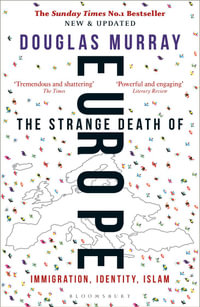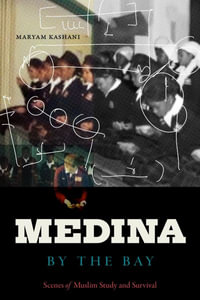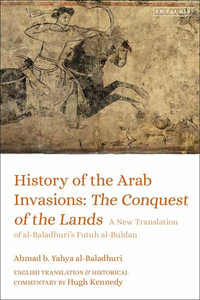
Islam Dot Com
Contemporary Islamic Discourses in Cyberspace
By: Mohammed El-Nawaway, Sahar Mohamed Khamis
Hardcover | 23 June 2009 | Edition Number 1
At a Glance
Hardcover
$187.31
Aims to ship in 7 to 10 business days
ISBN: 9780230600355
ISBN-10: 0230600352
Series: The Palgrave Macmillan Series in Internatioal Political Communication
Published: 23rd June 2009
Format: Hardcover
Language: English
Number of Pages: 282
Audience: General Adult
Publisher: Springer Nature B.V.
Country of Publication: US
Edition Number: 1
Dimensions (cm): 21.59 x 13.97 x 1.75
Weight (kg): 0.41
Shipping
| Standard Shipping | Express Shipping | |
|---|---|---|
| Metro postcodes: | $9.99 | $14.95 |
| Regional postcodes: | $9.99 | $14.95 |
| Rural postcodes: | $9.99 | $14.95 |
How to return your order
At Booktopia, we offer hassle-free returns in accordance with our returns policy. If you wish to return an item, please get in touch with Booktopia Customer Care.
Additional postage charges may be applicable.
Defective items
If there is a problem with any of the items received for your order then the Booktopia Customer Care team is ready to assist you.
For more info please visit our Help Centre.
You Can Find This Book In
This product is categorised by
- Non-FictionReligion & BeliefsReligionReligious Issues & DebatesReligious Intolerance, Persecution & Conflict
- Non-FictionLibrary & Info Sciences
- Non-FictionPolitics & GovernmentPolitical Science & Theory
- Non-FictionReligion & BeliefsIslam
- Non-FictionSociety & CultureSocial GroupsSocial & Cultural Aspects of Religious GroupsIslamic Studies
- Non-FictionComputing & I.T.Digital Lifestyle & Online World: Consumer & User GuidesInternet Guides & Online Services
- Non-FictionComputing & I.T.DatabasesData Mining
- Non-FictionPolitics & GovernmentPolitical Control & FreedomsHuman RightsFreedom of Information & Freedom of Speech
- Non-FictionSociety & CultureEthical Issues & DebatesEthical Issues of Censorship
- Non-FictionPolitics & GovernmentPolitical Ideologies & Movements
- Non-FictionSociety & CultureMedia Studies
























